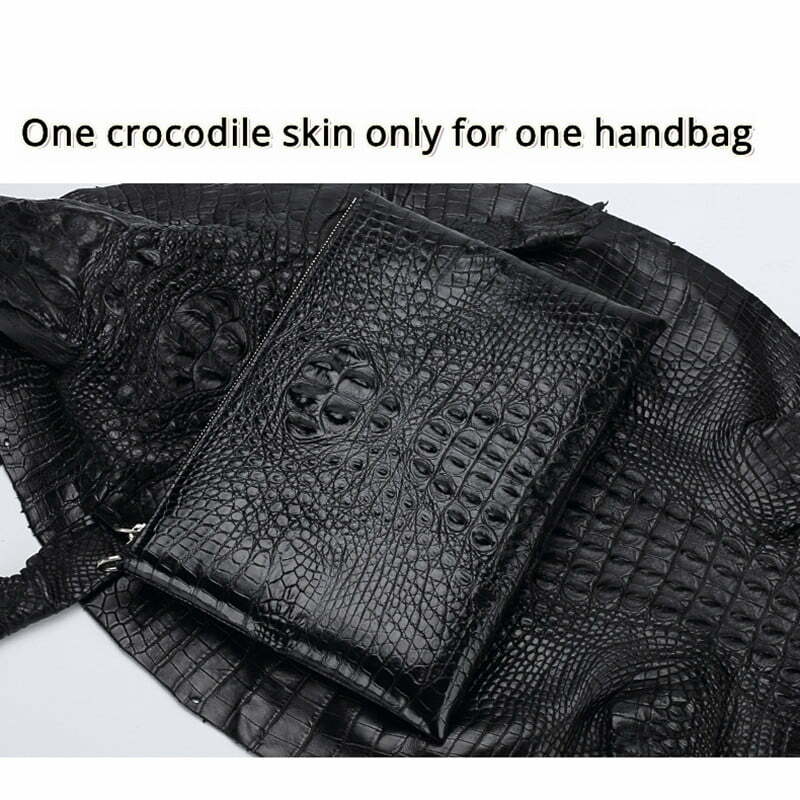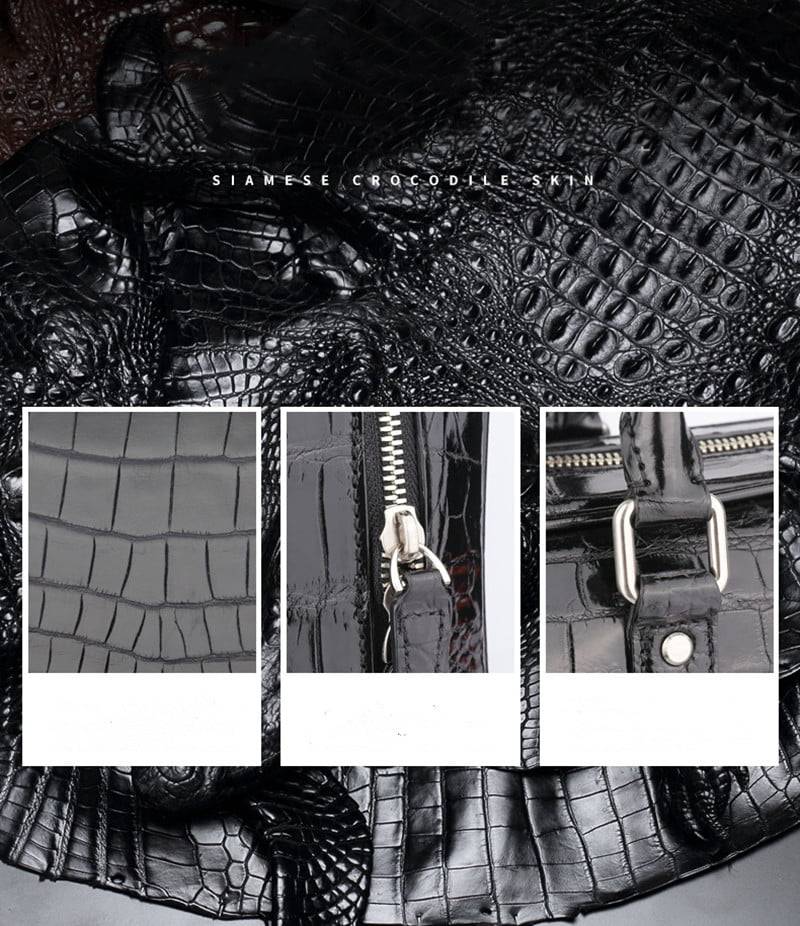Buyers Guide
Crocodile Skin and Alligator Skin Harvesting
Alligator and crocodile skin are highly valued in the luxury market, but they make up a very small fraction of the global leather industry. Every year, around 750,000 alligator skins and 750,000 crocodile skins are harvested, compared to 350 million cowhides.
Most of these skins come from farms that breed alligators and crocodiles in different regions of the world, such as Africa, Southeast Asia, Australia, and the Southern US. Some luxury brands, such as Hermes, own their own farms and raise thousands of animals to ensure the quality of their products.
In the US, where the wild alligator population has recovered from near extinction, there are strict regulations on how many animals can be hunted each year. Some people still practice wild alligator hunting, as shown in the TV show Swamp People, but it is not as profitable or popular as it used to be. In 2019, only 20,000 skins were obtained from wild hunting in Louisiana, while 450,000 skins came from farms.
One of the challenges of producing high-quality alligator and crocodile skin is to avoid any damage or defects on the hides. Most customers prefer smooth and flawless belly skins from the animals. However, even in captivity, alligators and crocodiles can fight with each other or suffer from diseases that can affect their skin quality. Only a small percentage of wild-caught skins are considered “top quality” for this reason. Some farms take extra measures to protect the animals from injuries by using padding.
Another challenge is the cost of feeding and raising these animals. Unlike cows or sheep, alligators and crocodiles are carnivorous and require meat as their main source of nutrition. They also take longer to grow to a suitable size for harvesting, usually between two and four years. These factors increase the expenses and risks involved in farming these animals.

The size and quality of crocodilian leather depend on the age and health of the animal. Older animals tend to have larger and thicker skins, but they also face more risks of injury and infection that can damage their skins. For leather producers, this means balancing the costs and benefits of raising the animals for longer periods.
However, this also raises ethical concerns about the welfare and conservation of these animals. Different countries have different regulations on how crocodilians can be farmed and slaughtered, and some of them are very lax or poorly enforced. Some fashion brands, such as Chanel, have decided to stop using crocodilian leather altogether, citing animal cruelty and environmental issues. Therefore, alligator leather is usually more expensive than crocodileleather, as it is scarcer and more controversial.

